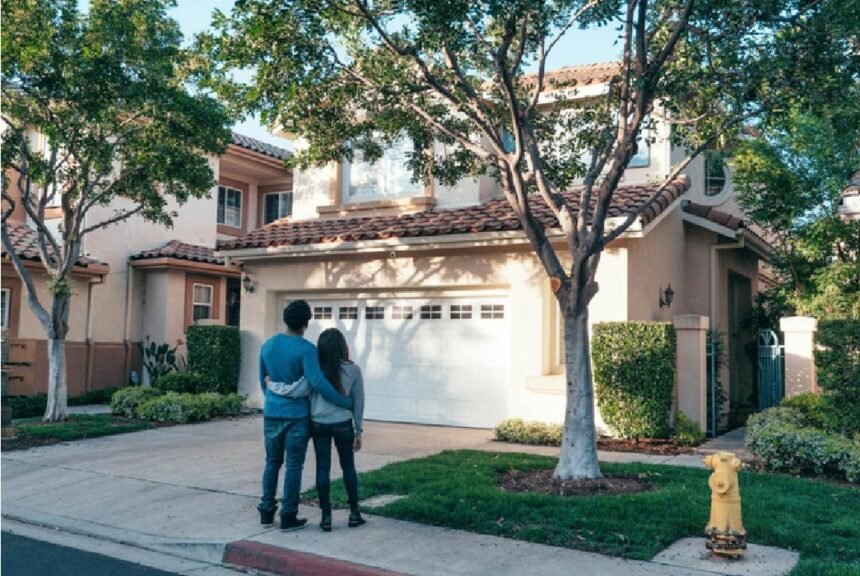Shared ownership can be a good way to get on the property ladder. It allows you to buy part of a home and pay rent on the rest. This can be helpful if you cannot afford to buy a home outright.
But it is important to know what it really means for your money. Before you decide, learn how it works and what costs you need to plan for.
Keep reading to understand the financial side of shared ownership.
Initial Costs You Should Expect
Buying a shared ownership home still needs money up front. You will have to pay a deposit, but it is usually smaller than with full ownership. There may also be legal and admin fees to handle.
Some people forget about these costs, but they add up fast. You may also pay for a valuation or survey. It is best to plan ahead and set a clear budget.
Monthly Payments You Must Manage
Once you move in, you will have regular payments to make. You will pay rent on the share of the home you don’t own. You will also pay your mortgage on the part you do own.
This is why you must check if the total monthly cost fits your income. Other payments like service charges or insurance may come up too. It’s wise to write down every monthly cost and track your spending.
Impact on Your Long-Term Finances
Shared ownership can affect your future plans. Because you only own part of the home, you may not build equity as fast. If house prices rise, your share might grow in value, but the rented part won’t help you much.
You also need to think about how it affects your savings. Some buyers use shared ownership as a stepping stone. Make sure you understand the risks before moving forward.
Getting a Mortgage for Shared Ownership
You need to apply for a mortgage for the part you want to buy. This is known as a Shared Ownership Mortgage. Not all lenders offer this kind of loan, so choices may be limited.
Your credit score and income still matter in the process. You may also need to show proof of rent and bills. Talking to a mortgage advisor can help you find your options.
What Happens When You Want to Sell
Selling a shared ownership home is different from a full sale. You must tell the housing provider first. They may want to find a buyer for your share before you can sell on the open market.
This process can take time. You might also need to pay for a valuation or legal help. Always ask what the steps are before you plan to sell.
Staircasing and Extra Costs
Over time, you may want to buy more of your home. This is called staircasing. It lets you own a bigger share, which means you pay less rent.
But each step costs money, such as new valuations and legal fees. You may also need to change your mortgage. Make sure you know these costs before choosing to staircase.
Understand the Financial Implications of Shared Ownership
Shared ownership can make home buying more possible. But it also comes with costs and rules you must follow. Take time to understand each part of the process.
Knowing what to expect helps you plan better. It can be a smart step, but only if you are well prepared. Always think ahead before signing anything.
For More Information Visit Timelymagazine








